QR Pay paves the way for transparency and connectivity
On the afternoon of November 19, in Hanoi, Vietnam Economic Magazine/VnEconomy coordinated with the Payment Department (State Bank), Vietnam National Payment Joint Stock Company (NAPAS) and related units to organize the Workshop "QR Code Payment: Transparency and Unlimited Experience". The event aims to promote the conversion process from QR money transfer to QR payment (QR Pay), aiming to build a synchronous, transparent and modern digital payment infrastructure.
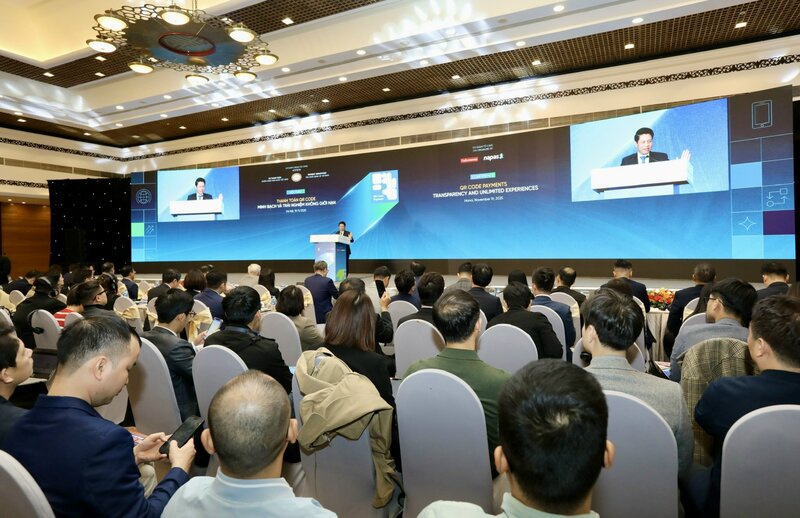
Workshop “QR Code Payment: Transparency and Unlimited Experience”. Photo: Lan Anh
The workshop took place in the context of a series of major policies of the Party and State on innovation, science , technology and digital transformation being continuously issued in the period of 2024 - 2025. In particular, the banking sector continues to be a pioneer in applying technology, especially in expanding non-cash payments.
Speaking at the workshop, Deputy Governor of the State Bank Pham Tien Dung emphasized: the development journey of QR Code in Vietnam is a convincing proof of the innovation process. “QR Code has gone through an impressive journey, from a new technology to a popular payment habit and is contributing to the construction of an important economic and social infrastructure, in harmony with the era of national development,” the Deputy Governor affirmed.
According to the State Bank's leaders, this success comes from three pillars: the consistent policy of the Government and the State Bank on cashless payments; the birth of a unified QR standard like VietQR; especially the strong acceptance from the market, from banks to millions of small traders and consumers.
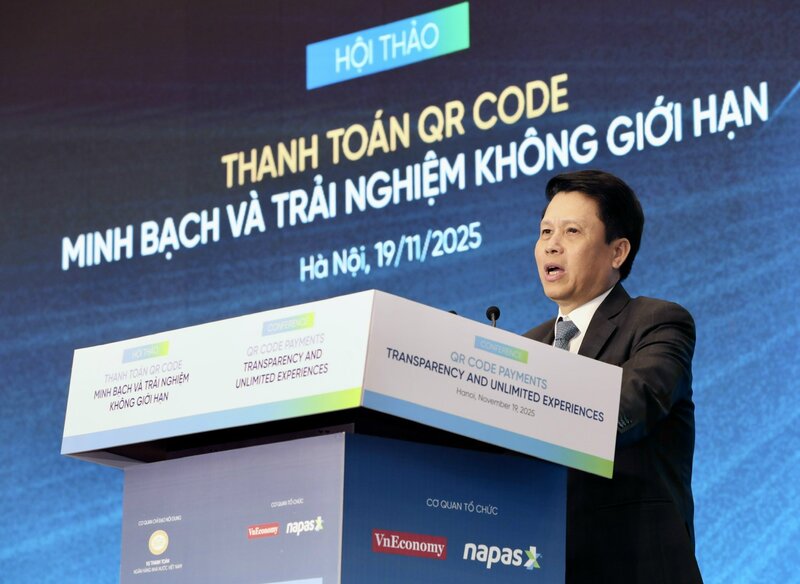
Deputy Governor of the State Bank Pham Tien Dung speaks at the workshop. Photo: Lan Anh
Data from the Payment Department, State Bank shows that the growth rate of non-cash payments is unprecedentedly strong: in the first 9 months of 2025, QR transactions increased by 61.63% in quantity and 150.67% in value. The NAPAS system processed 8.3 billion transactions with a total value of more than 47.53 million billion VND; there were peak days recording more than 42.5 million transactions with 99.997% availability... These numbers not only reflect the growing demand of the market but also show that the operational capacity of the national payment infrastructure has approached international standards.
Along with that, the bilateral payment network via QR with Thailand, Laos, and Cambodia has been put into two-way operation, while expansion plans to China, Korea, Singapore, India, and Taiwan (China) are being strongly promoted in the period 2025 - 2026. All of this opens up a new picture, where payment borders are gradually blurred, facilitating trade, tourism, and cross-border transactions.
VietQRPay standardization turning point
Along with new consumption trends, modern management requirements, especially anti-money laundering and cash flow control, have led to an urgent need to switch from QR transfer to QR payment. At the workshop, 28 banks and payment intermediaries strongly committed to the kick-off ceremony for the transition to QR Pay.
This ceremony is a milestone demonstrating the common determination in developing QR payment methods, expanding the network of VietQRPay payment acceptance points for domestic transactions and VietQRGlobal for cross-border transactions. It is also the foundation to realize the goal of national digital transformation in the economic field, with digital payments playing a key role, transparent, safe, supporting businesses and promoting e-commerce.

The workshop was attended by leaders of ministries, branches, and many large domestic and international banks. Photo: Lan Anh
VietQR was launched in 2021, from only supporting money transfers, it has become a familiar image at traditional markets, sidewalk stalls, parking lots... By October 2025, nearly 90 million Mobile Banking accounts used VietQR to transfer money daily. In the first 10 months of 2025, the NAPAS system recorded 3.6 billion money transfer transactions via VietQR, an increase of more than 52% in volume and 85% in value compared to the same period in 2024. This creates a solid foundation for VietQR to move to phase 2, standardizing into VietQRPay and expanding into VietQRGlobal.
For domestic payments, VietQRPay is integrated directly into the sales management software, displaying full order information, allowing quick refunds, cancellations, and checks, increasing financial transparency and improving customer service quality. For cross-border payments, VietQRGlobal creates a unified identity to help tourists easily recognize QR acceptance points in Vietnam, an important factor when international tourism recovers strongly.
Mr. Nguyen Hoang Long, Deputy General Director of NAPAS, affirmed: “Promoting domestic and cross-border payments through VIETQRPay and VIETQRGlobal is an important foundation to build a more transparent market, creating conditions for businesses to develop, protecting users and supporting management agencies with full data to make policies”.
He also emphasized the strategic significance of regional payment connectivity: “ VIETQRGlobal will be a launching pad for Vietnam’s trade and tourism to more strongly integrate with the regional economic flow. When borders are no longer a barrier to payment, users will have a more convenient experience, and Vietnamese businesses can increase their competitive advantage.”
In the coming time, NAPAS will cooperate with banks to expand the VietQRPay network, and accelerate the deployment of VietQRGlobal to serve tourism, shopping and cross-border e-commerce. At the same time, it will invest heavily in network security, fraud prevention, and ensure the sustainable and safe development of the payment system.
At the workshop, representatives of ministries, sectors and experts all agreed that the transition to QR code payments will bring three key groups of benefits. For consumers, this form helps transactions to be more transparent, easy to check and ensures high security standards. For businesses, the application of QR payment supports effective sales management, while providing data for consumer behavior analysis. As for management agencies, this payment system helps to better control cash flow, improve tax collection efficiency and market policy planning, thereby promoting domestic consumption.
Source: https://congthuong.vn/chuan-hoa-qr-pay-buoc-ngoat-minh-bach-cho-he-sinh-thai-thanh-toan-so-431119.html



![[Photo] General Secretary To Lam receives President of the Senate of the Czech Republic Milos Vystrcil](/_next/image?url=https%3A%2F%2Fvphoto.vietnam.vn%2Fthumb%2F1200x675%2Fvietnam%2Fresource%2FIMAGE%2F2025%2F11%2F21%2F1763723946294_ndo_br_1-8401-jpg.webp&w=3840&q=75)

![[Photo] President Luong Cuong receives Speaker of the Korean National Assembly Woo Won Shik](/_next/image?url=https%3A%2F%2Fvphoto.vietnam.vn%2Fthumb%2F1200x675%2Fvietnam%2Fresource%2FIMAGE%2F2025%2F11%2F21%2F1763720046458_ndo_br_1-jpg.webp&w=3840&q=75)
![[Photo] Visit Hung Yen to admire the "wooden masterpiece" pagoda in the heart of the Northern Delta](/_next/image?url=https%3A%2F%2Fvphoto.vietnam.vn%2Fthumb%2F1200x675%2Fvietnam%2Fresource%2FIMAGE%2F2025%2F11%2F21%2F1763716446000_a1-bnd-8471-1769-jpg.webp&w=3840&q=75)
![[Photo] National Assembly Chairman Tran Thanh Man holds talks with President of the Senate of the Czech Republic Milos Vystrcil](/_next/image?url=https%3A%2F%2Fvphoto.vietnam.vn%2Fthumb%2F1200x675%2Fvietnam%2Fresource%2FIMAGE%2F2025%2F11%2F21%2F1763715853195_ndo_br_bnd-6440-jpg.webp&w=3840&q=75)


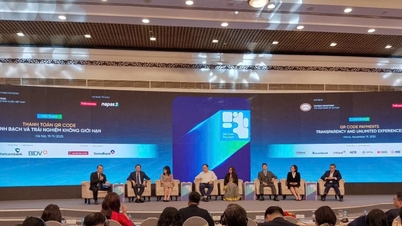

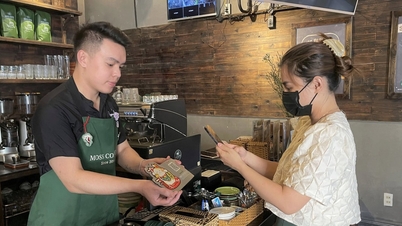

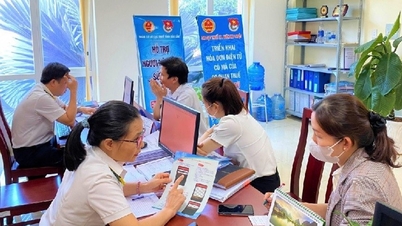




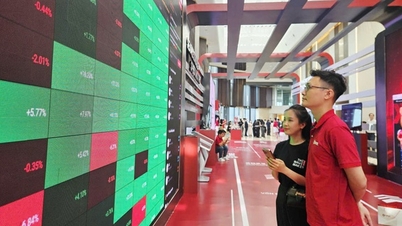



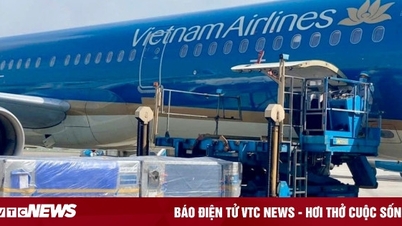



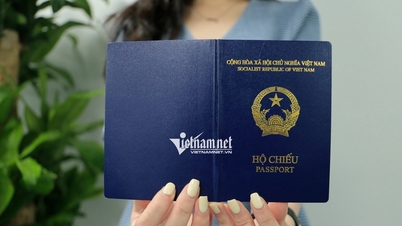






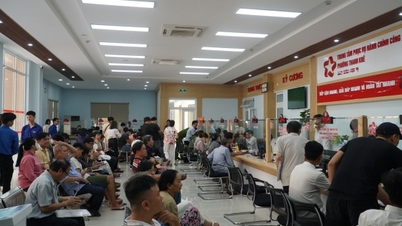

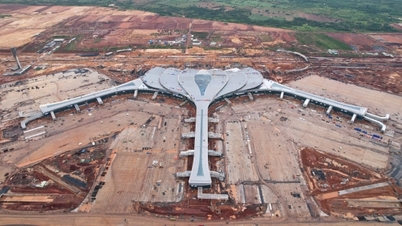














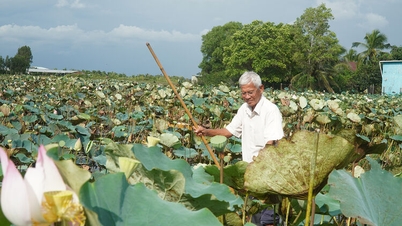

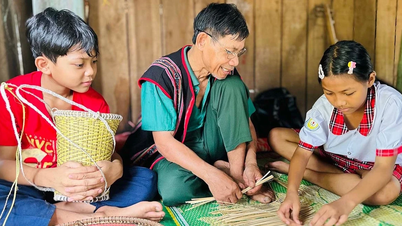










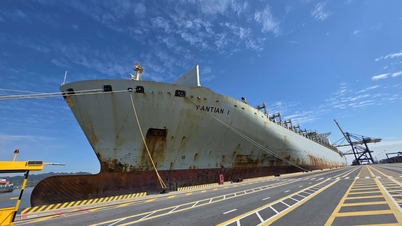




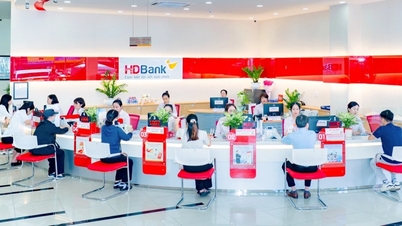






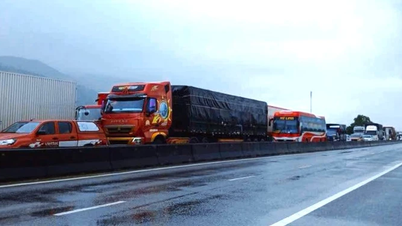


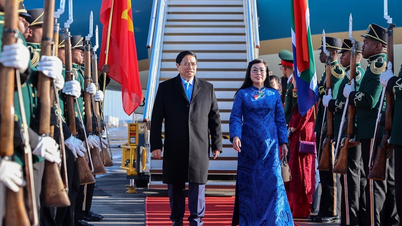

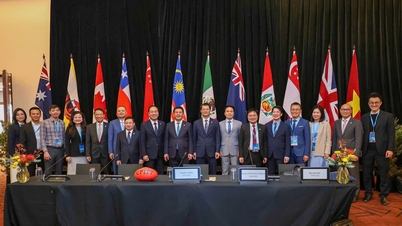







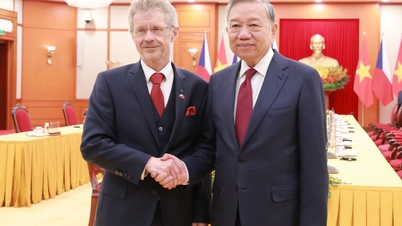

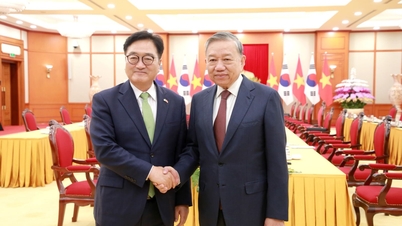



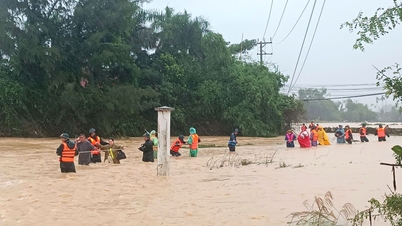




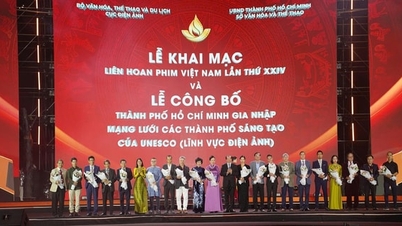










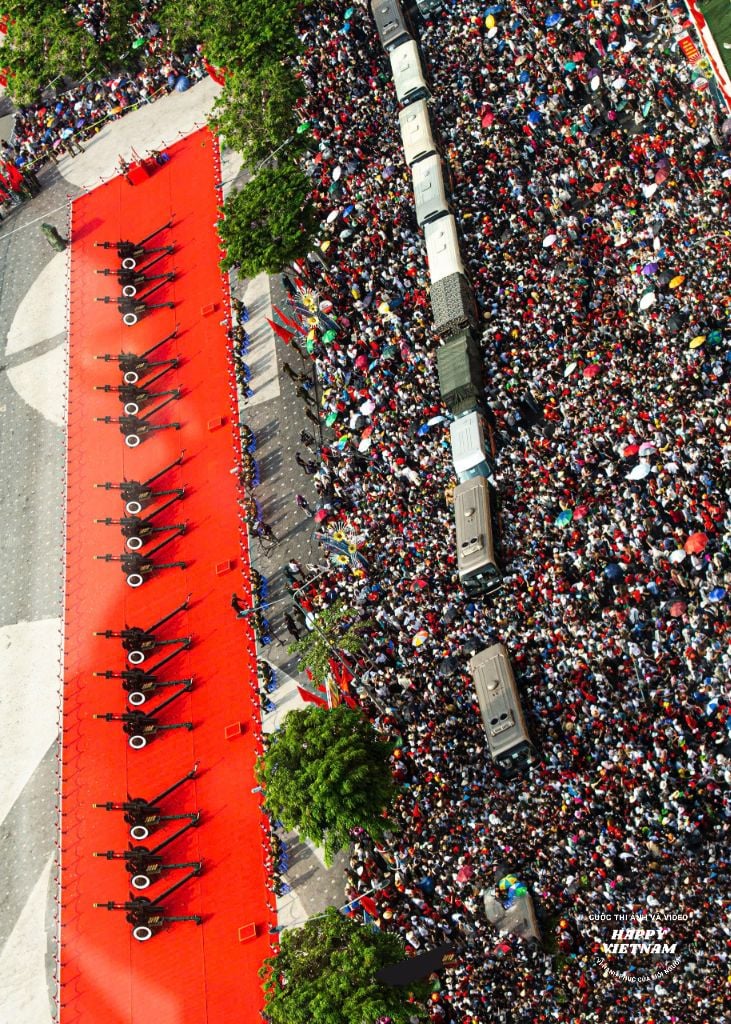
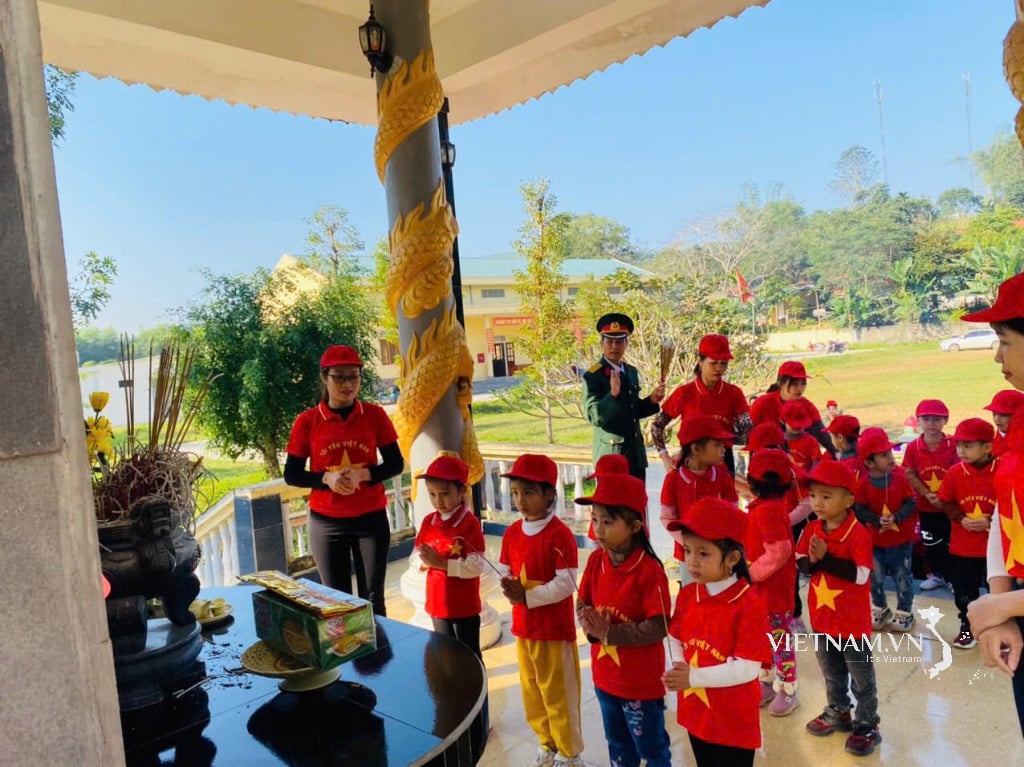


Comment (0)